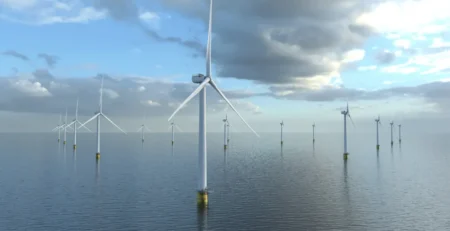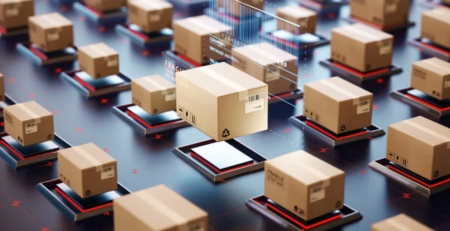Parcel Giants Feel the Pressure as New Tech Rivals Gain Ground

Every peak season tells a story, and this year’s one feels different. The familiar trio of global parcel leaders — FedEx, UPS, and DHL — is watching a new type of rival creep in from below. These aren’t traditional courier companies. They’re tech platforms stitching together hundreds of smaller couriers, regional players, and even freelance drivers into delivery networks that can scale almost overnight.
The idea isn’t new, but the execution finally works. Software now does what used to take years of logistics planning: pooling available vans, routing them by algorithm, and updating customers in real time. For retailers, especially the mid-sized ones fighting tighter margins, that kind of flexibility is hard to ignore.
At a logistics summit in Hamburg last week, one shipping manager for a major fashion brand summed it up bluntly: “We used to sign annual contracts with one carrier. Now we can switch every month if the tech platform gives us better visibility or lower prices.”
That attitude is spreading fast. Analysts say several large online merchants are experimenting with “hybrid stacks” — combining one of the big three with regional tech-driven providers to handle local volume. Even if the market share shift looks small for now, the symbolism is worrying for the incumbents. Once reliability gaps close, loyalty can evaporate.
Inside the big networks, pressure is mounting. Freight volumes are strong, but the pricing cushion that used to protect margins is thinning. FedEx and UPS have both warned investors about softer yields, while DHL’s parcel unit is emphasizing automation as a way to keep costs in check. Behind the scenes, executives admit the new players’ adaptability is hard to match with legacy infrastructure.
There’s also a cultural shift underway. The new platforms don’t own fleets; they orchestrate them. They rely on data and partnerships rather than fixed routes or long-term leases. That gives them the freedom to move fast — to redirect deliveries from one city to another within hours if weather, labor shortages, or demand spikes get in the way.
For shippers, it’s less about replacing the giants than about mixing and matching. A retailer can use a global carrier for international parcels, a regional courier for domestic runs, and a gig-based network for the last mile. It’s logistics as a service menu, not a monopoly.
The coming holiday season will be the real test. If these tech-led systems can deliver at scale without major hiccups, the parcel market could look very different by next year. What was once an industry defined by three dominant names may soon resemble a mosaic of networks, stitched together by code rather than ownership.
The giants aren’t going anywhere — but for the first time in decades, they’re no longer the only ones writing the rules.
The post Parcel Giants Feel the Pressure as New Tech Rivals Gain Ground appeared first on The Logistic News.
Share this post
Related
Posts
Offshore Wind U-Turn Leaves U.S. Shipyards and Ports in the Lurch
Until a few months ago, shipyards along the U.S. coastline were humming with optimism. Welders were busy shaping hulls for...
Germany’s Logistics Sector Faces a Harder 2026
For months, German freight operators had been hoping that 2025 would bring stability after years of turbulence. That optimism is...
Parcel Giants Feel the Pressure as New Tech Rivals Gain Ground
Every peak season tells a story, and this year’s one feels different. The familiar trio of global parcel leaders —...
CargoWise – Australia: The Unified Platform Powering Global Logistics
By Hakim Joaquim Sebbah, Senior Business Development Executive, CargoWise Australia The Backbone of a Connected Global Supply Chain In today’s world, logistics...





